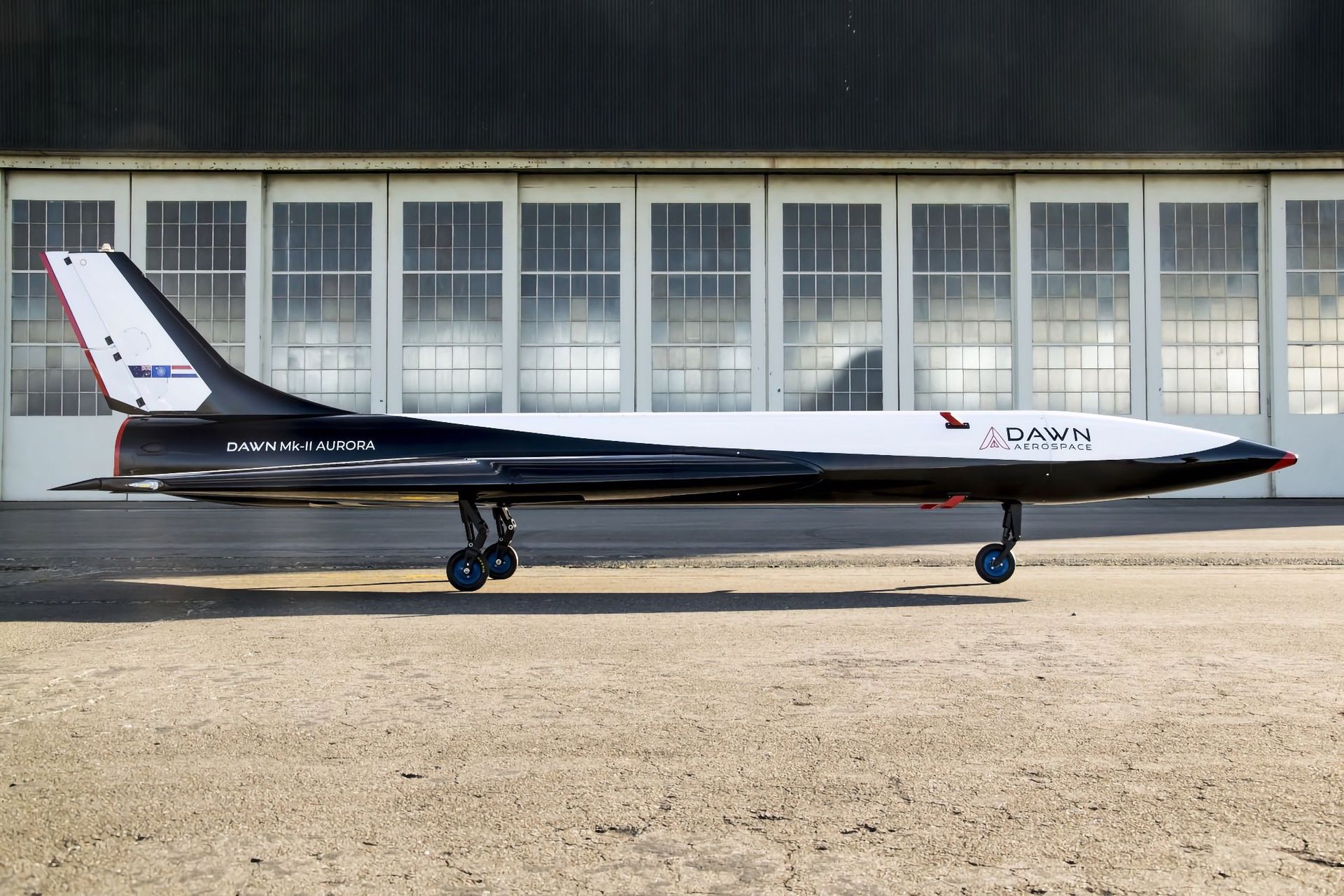The space company Dawn Aerospace has been granted permission to begin test flights of its spacecraft, the Aurora MK-II, with rocket engines, and even attempt to reach space.
Dawn has been developing the Aurora for several years, but until now, it has only been tested with traditional jet engines. With rocket engines installed on the Aurora, the plan is to gradually approach and cross the boundary to space during test flights, which is known as the Karman Line, located approximately 100 km above Earth.
Eventually, Dawn hopes to launch satellites weighing up to 250 kg into orbit around Earth with the help of a future and much larger model of the spacecraft (Aurora Mk-III). One of the images below shows an illustration of the size difference between the 4.8-meter-long Aurora Mk-II and the future Mk-III model.
The latest vehicle on the new road to space
–dawnaerospace.com
Accessing space in a whole new way, the Dawn Mk-II Aurora is designed for multiple flights per day to 100 km and above. Taking off and landing from standard airports, alongside normal aircraft, this vehicle merges the world of rockets and aviation. The Aurora, a sub-scale suborbital vehicle, has been built to demonstrate Dawn’s core technology for daily access to space. It is the latest vehicle of a series that will one day deliver satellites and assets to, and return them from, space. The vehicle’s 3U payload is capable of hosting scientific experiments. The next vehicle in Dawn’s series, the Mk-III, will be based on this design, but much larger and capable of delivering 250 kg satellites to orbit.
Below is also a clip from last year where Aurora Mk-II was tested with a jet engine at low altitude. In the embedded tweet, you can see and hear Aurora Mk-II with the jet engine replaced by a rocket engine.

